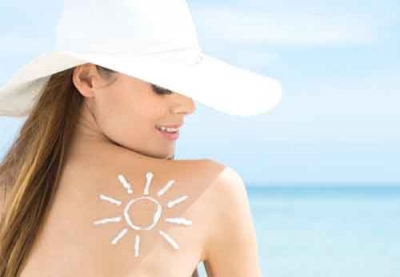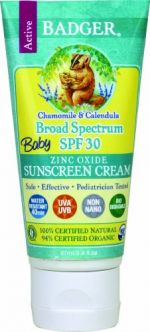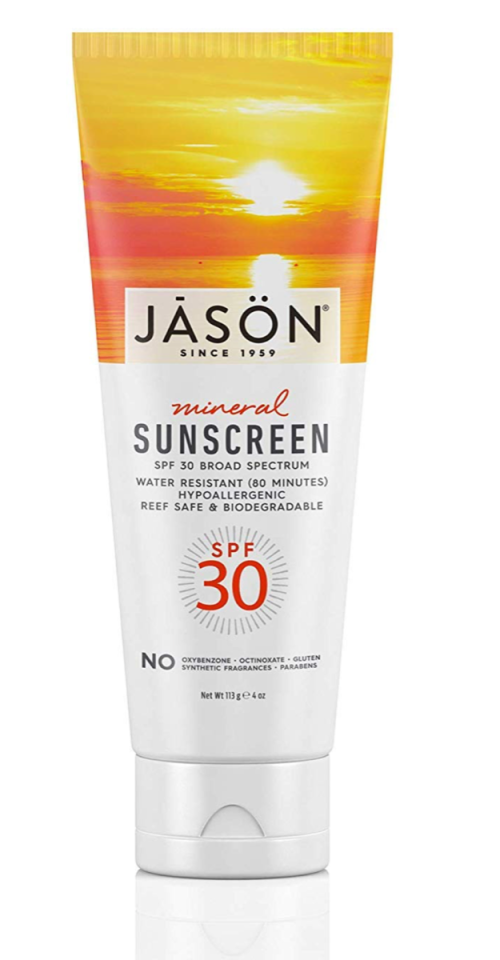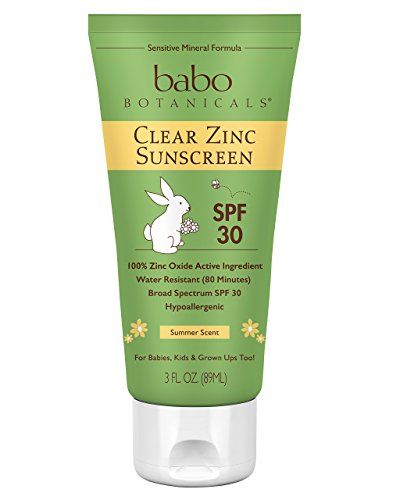Recently, the harmful consequences of certain sunscreen ingredients on ocean ecosystems were brought to light. Popular ingredients like oxybenzone and octinoxate are now known to cause toxic effects on coral, such as bleaching, while others may be potentially harmful to fish and other marine life. Which UV filters (sunscreen ingredients) are the least damaging and which brands can truly be considered “reef safe?”

Two Common Toxic Ingredients
Two chemical UV filters dominate the sunscreen market: oxybenzone and octinoxate. An estimated 70-80% of the sunscreen types currently available contain one or both of these ingredients.1 Like other chemical UV filters, oxybenzone and octinoxate work by absorbing UV rays so they cannot enter your cells and cause damage.2 When these molecules absorb UV energy, they can change shape or break down into smaller particles.1
Oxybenzone, octinoxate, and some of their breakdown products are toxic to aquatic organisms as well as humans. They can severely limit the growth of young corals and can cause damage to adult corals. One type of damage caused by these chemicals is bleaching, where the symbiotic algae living in the coral is expelled, turning the coral white. Coral that has been bleached cannot obtain nutrients, and often dies.1,3
Seawater around tourist destinations where swimming, snorkeling, and scuba diving are popular have been tested and found to contain concentrations of oxybenzone and octinoxate high enough to make coral sick.4 For this reason, the state of Hawaii banned the sale of sunscreen products that contain either oxybenzone or octinoxate, taking effect in 2021. It is likely that other places with tropical reefs will do the same in the upcoming years.1

There are currently fifteen chemical UV filters approved for sunscreen use by the FDA.5 Other than oxybenzone and octinoxate, most of these have not been studied extensively regarding toxicity. However, new research has suggested that some other ingredients may also cause harmful effects on marine life. For example, the chemicals octocrylene and dioxybenzone have been found to be harmful to coral larvae and adult coral.6 Octocrylene can also disrupt brain and liver development in zebrafish,7 and possibly other types of fish. This is concerning to marine biologists because octocrylene and other sunscreen chemicals tend to build up in the fat storage of fish and animals that eat them.1
Some sunscreens that do not contain oxybenzone or octinoxate state that they are “reef safe.” However, the term “reef safe” is unregulated by the FDA. Such sunscreens may still contain active ingredients other than oxybenzone or octinoxate that have not been proven to be healthy for coral reefs. Make sure to check the ingredients list before buying a sunscreen, if it claims to be reef safe.8

Safest Ingredients for Reefs
Unlike chemical UV filters, the inorganic minerals titanium dioxide and zinc oxide do not mimic hormones. Zinc oxide, in particular, provides extensive coverage against both UVA and UVB radiation. While healthier for humans, sunscreens with these physical UV filters can leave a chalky white residue on your skin, so they have not been as popular as chemical sunscreens. To reduce the chalkiness, some sunscreen companies have started using zinc oxide or titanium dioxide nanoparticles - molecules that are less than 100 nanometers in diameter.1
Unfortunately, some of these mineral nanoparticles are also unhealthy for coral species. Zinc oxide nanoparticles can disrupt the lipid membranes that line coral cells and can interfere with the symbiotic relationship between corals and algae, causing bleaching.9,10 Mineral sunscreens with particle sizes 100 nanometers or larger, however, seem to be safe for both humans and corals.8,10
Unlike chemical UV filters, the inorganic minerals titanium dioxide and zinc oxide do not mimic hormones. Zinc oxide, in particular, provides extensive coverage against both UVA and UVB radiation. While healthier for humans, sunscreens with these physical UV filters can leave a chalky white residue on your skin, so they have not been as popular as chemical sunscreens. To reduce the chalkiness, some sunscreen companies have started using zinc oxide or titanium dioxide nanoparticles - molecules that are less than 100 nanometers in diameter.1
Unfortunately, some of these mineral nanoparticles are also unhealthy for coral species. Zinc oxide nanoparticles can disrupt the lipid membranes that line coral cells and can interfere with the symbiotic relationship between corals and algae, causing bleaching.9,10 Mineral sunscreens with particle sizes 100 nanometers or larger, however, seem to be safe for both humans and corals.8,10
[1] Raffa RB, Pergolizzi JV Jr., Taylor R Jr., Kitzen JM. 2019. “Sunscreen bans: Coral reefs and skin cancer.” J Clin Pharm Ther. Feb; 44(1):134-139. https://onlinelibrary.wiley.com/doi/full/10.1111/jcpt.12778
[2] Environmental Protection Agency. “Sunscreen: The Burning Facts.” EPA 430-F-06-013, September 2016. https://www.epa.gov/sites/production/files/documents/sunscreen.pdf
[3] Schneider SL, Lim HW. 2019. “Review of environmental effects of oxybenzone and other sunscreen active ingredients.” J Am Acad Dermatol. Jan; 80(1):266-271. https://www.ncbi.nlm.nih.gov/pubmed/29981751
[4] Zirwas MJ, Andrasik W. 2018. “Can Sunscreens Harm Coral Reefs? Addressing Environmental Concerns and Offering Practical Recommendations.” Jul 1; 16(4):223-229. https://www.ncbi.nlm.nih.gov/pubmed/30207523
[5] United States Food & Drug Administration. “Sunscreen: How to Help Protect Your Skin from the Sun.” Understanding Over-the-Counter Medicines. https://www.fda.gov/Drugs/ResourcesForYou/Consumers/BuyingUsingMedicineSafely/UnderstandingOver-the-CounterMedicines/ucm239463.htm#ingredients
[6] He T, Tsui MMP, Tan CJ, Ng KY, Guo FW, Wang LH, Chen TH, Fan TY, Lam PKS, Murphy MB. 2019. “Comparative toxicities of four benzophenone ultraviolet filters to two life stages of two coral species.” Sci Total Environ. Feb 15; 651(Pt 2):2391-2399.https://www.ncbi.nlm.nih.gov/pubmed/30336428
[7] Blüthgen N, Meili N, Chew G, Odermatt A, Fent K. 2014. “Accumulation and effects of the UV-filter octocrylene in adult and embryonic zebrafish (Danio rerio).” Sci Total Environ. Apr 1; 476-478:207-217. https://www.sciencedirect.com/science/article/pii/S0048969714000242?via%3Dihub
[8] Calderone J. February 7, 2019. “The Truth About ‘Reef Safe’ Sunscreen.” Consumer Reports. https://www.consumerreports.org/sunscreens/the-truth-about-reef-safe-sunscreen/
[9] Tang CH, Lin CY, Lee SH, Wang WH. 2017. “Membrane lipid profiles of coral responded to zinc oxide nanoparticle-induced perturbations on the cellular membrane.” Aquat Toxicol. Jun; 187:72-81. https://www.ncbi.nlm.nih.gov/pubmed/28388481
[10] Corinaldesi C, Marcellini F, Nepote E, Damiani E, Danovaro R. 2018. “Impact of inorganic UV filters contained in sunscreen products on tropical stony corals (Acropora spp.). Sci Total Environ. Oct 1; 637-638:1279-1285. https://www.ncbi.nlm.nih.gov/pubmed/29801220
-
Sunscreen vs Sunblock
By Dr. AnnaDecember 20, 2021 -
Pregnancy-Safe Sunscreens
By Dr. AnnaDecember 20, 2021 -
Physical vs Chemical Sunscreens
By Dr. KarenDecember 26, 2021 -
Zinc Oxide Sunscreen
By Dr. KarenDecember 21, 2021 -
Best Baby Sunscreen
By Dr. AnnaDecember 17, 2021
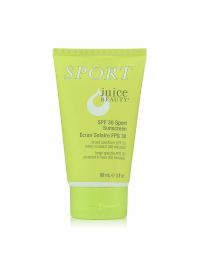
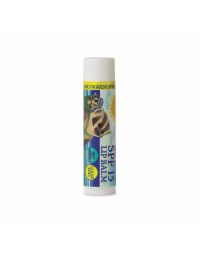
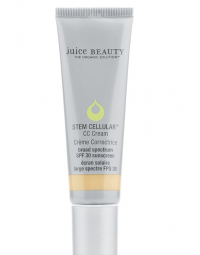
Search the blog
Article Categories
- All Articles (95)
- Rating Charts (1)
- Beauty & Skincare (17)
- FAQ (0)
- Hair Care (9)
- Health & Wellness (12)
- Anti-Aging (4)
- Kid's Health (0)
- Makeup (2)
- Men's Health (2)
- Oral Care (3)
- Sunscreen (7)
- Skin Tools & Treatments (10)
- Supplements (26)
- Videos (0)

